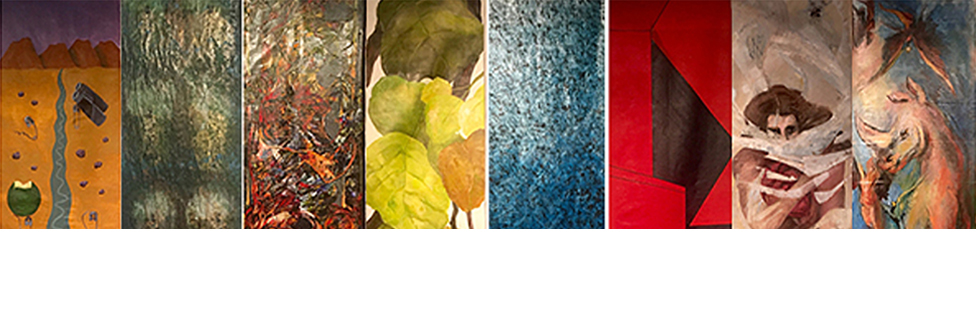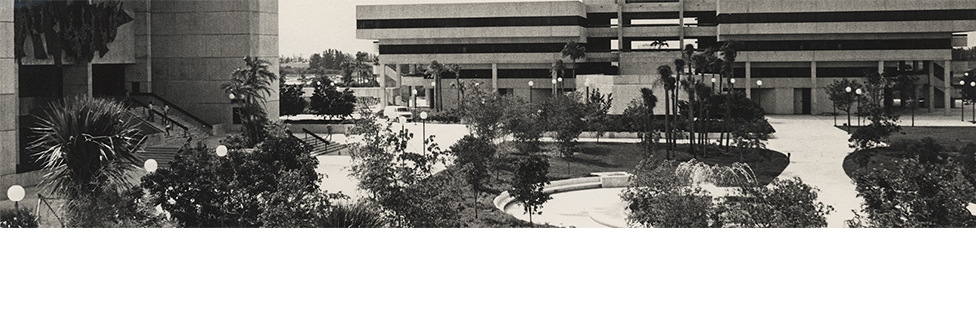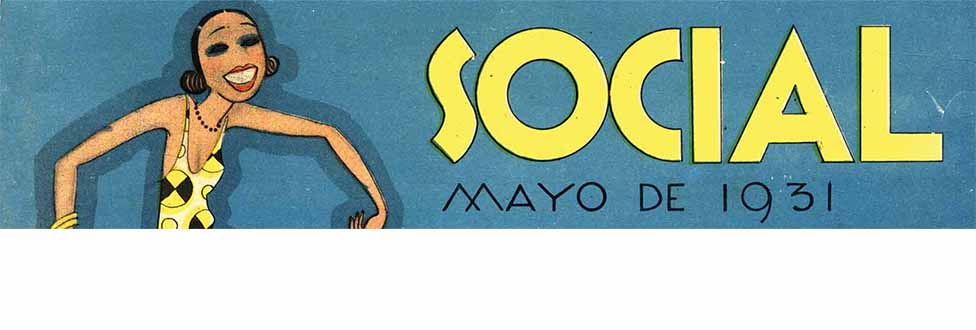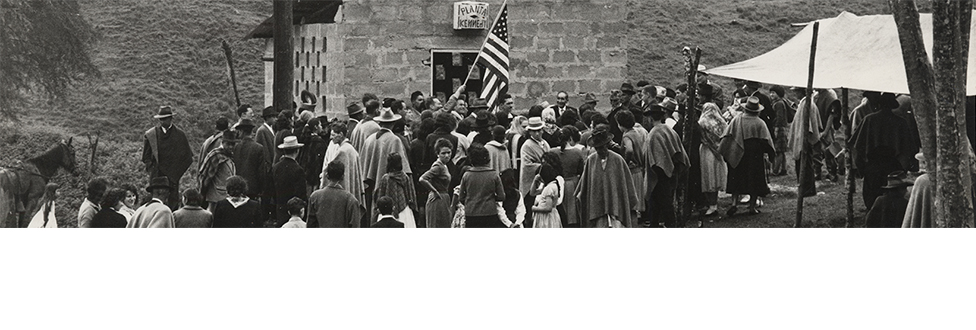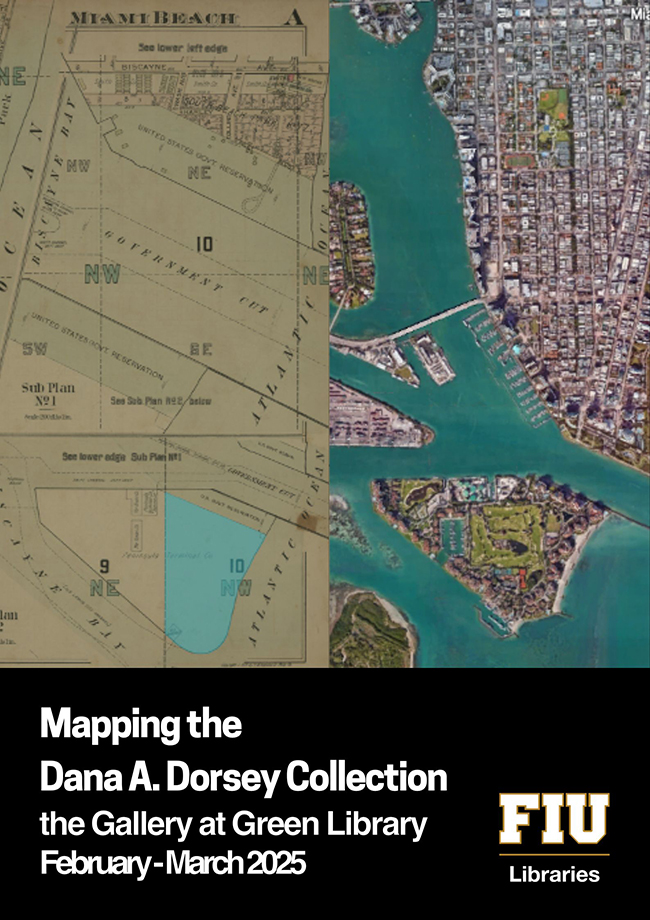
Mapping the Dana A. Dorsey Collection showcases the culmination of two years of work led by FIU’s project team. Supported by a grant from the National Endowment for the Humanities, this project aimed to enhance access to and research possibilities for the Dana A. Dorsey Collection.
The project transformed the Dana A. Dorsey Collection into a publicly accessible dataset featuring the names of property owners and businesses, detailed legal property descriptions, a digitized and interactive 1925 map of Miami, and fully searchable transcripts of original documents. By digitizing these records, scholars and the public can now utilize modern research tools—such as mapping and network analysis—to study historical trends and relationships in new ways.
We invite you to explore the connections that shaped Miami’s early Black communities and gain a deeper understanding of the relationships that contributed to the city's development through the original documents from the Dana A. Dorsey Collection, maps and satellite imagery of Miami, and the project work on display.
Dana Albert Dorsey (1868-1940)
Dana A. Dorsey, born in Quitman, Georgia and the son of former slaves, was a self-taught man who became a highly influential businessman, realtor, banker, and philanthropist.
Regarded as a successful businessman of his time and known as the first Black millionaire in Miami, Dorsey accumulated a fortune during the early development of the City of Miami in Colored Town (present day Overtown). Dorsey relocated to Miami shortly after the city was incorporated in 1896. He and his wife, Rebecca, acquired extensive real estate holdings and sold and leased property to many of Miami’s early Black residents.
The Dana A. Dorsey Collection held at Special Collections and University Archives, consists of warranty deeds, mortgages, legal documents, and correspondence, which detail the properties and location of what were the newly created sub-divisions in the city from 1900 through 1940. These documents hold significant research and educational value as they frame the growth of the Miami metropolitan region in highly racialized conditions.
Play the slide decks below.
| Mapping | Network Analysis |
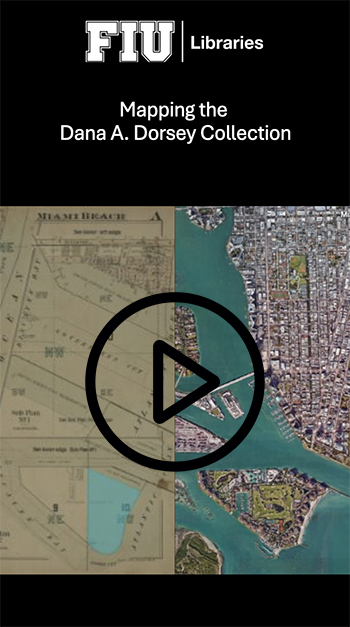 |
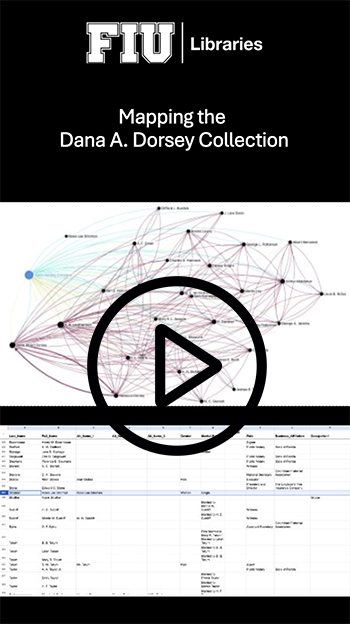 |
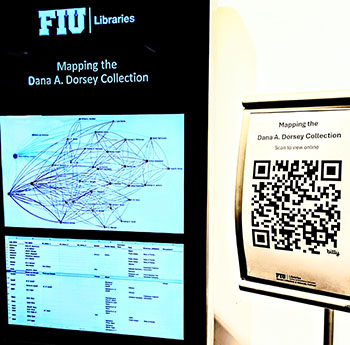 |
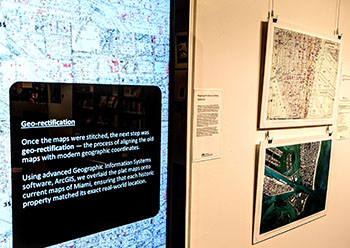 |
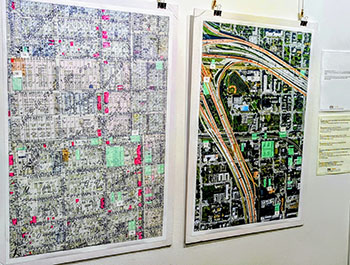 |
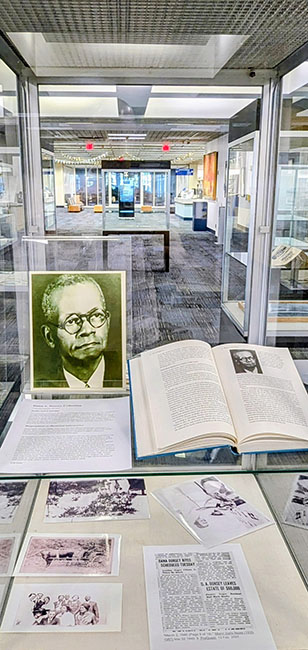 |
